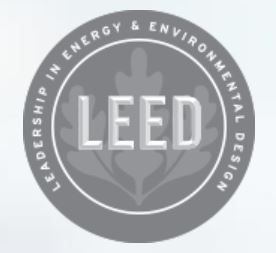LEED for Neighborhood Development
Organization
Type(s) of Tool
Sector(s)
Lifecycle Phase(s)
Open Source
Language Availability
Country of Origin
Date of Development
Version
Description
LEED for Neighborhood Development is a rating system that helps create and certifies more sustainable and well-connected neighborhoods, looking beyond the scale of buildings and considering entire communities. The tool aims to encourage the (re-) development of communities that limits the expansion of development footprints and reduces social and health costs through measures such as improved connectivity and reduced vehicle use. There are two different options available for new developments (LEED ND: Plan) and existing neighborhoods (LEED ND: Built Project). A prerequisite review and a recertification option are available.
Tool Outcome
LEED for Neighborhood Development awards projects with an official score and certification level (Certified – Silver – Gold – Platinum). Once certified, the tool helps local leaders to evaluate gaps, prioritize areas for improvement and credibly track progress toward overall sustainability objectives. Furthermore, LEEDS can be used as a benchmark performance against national and global standards, to demonstrate a commitment to sustainability, resilience and social equity, to develop a culture of data-driven decision making, transparency and leadership and, ultimately, to improve the standard of living and quality of life in cities and communities.
Sustainability Criteria
The tool measures sustainability across five categories:
– Smart location & linkage (14 criteria)
– Neighborhood pattern & design (18 criteria)
– Green infrastructure & buildings (21 criteria)
– Innovation & design process (2 criteria)
– Regional priority credits (4 credits)

